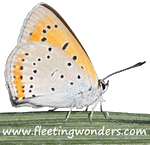 | |||||
| Paysandisia archon | |||||
| Palm Borer Moth | |||||
| Le Sphinx du palmier | |||||
 | |||||
 | |||||
| Paysandisia archon | |||||
| Palm Borer Moth | |||||
| Le Sphinx du palmier | |||||
 | |||||
| Introduction The Palm borer moth lives in South America (Argentina, Uruguay) and was accidentally introduced into Europe through importations of palm-trees which harbored larvae. The first sightings of the insect were made in Spain in 2000 and the first scientific publications relating its presence in Spain (Catalonia) and France (in the Var) came out in 2001. Its arrival in Europe may have occured in the early nineties then this species adapted very well. It managed to spread in Europe and increase its population making it an invasive species. It became a pest doing harm to palm-trees as its larvae develop within them. In France, recordings are getting more and more numerous since 2015 in several areas, such as Occitanie, Aquitaine and Provence. Web users often send their sightings to www.fleetingwonders.com which lead to the creation of this informative page. Description Unique of its kind in Europe, this insect is easy to recognize. It is active during the day and belongs to the moth group (which also comprises Hawkmoths and Burnets). It is large size (average wingspan : 7.5 cm for males, 8.6 cm for females) with a stocky aspect (see photos 1 to 8 below). Its powerful flight can reach 70km/h (43.5 mph) and the flapping of its wings can be heard, making it a large and spectacular moth. Although females are often larger than males, sex determination is rather difficult without examining the genital parts of the insect. Life cycle In Europe, the Palm borer moth flies mainly from mi-May until mid-September and its lifespan is about 2 weeks. During this period, the individuals do not eat but they breed. Females lay their eggs on various palm-trees, including genera Trachycarpus, Chamaerops, Phoenix, Washingtonia, Butia, Trithrinax. Individuals emerge in the morning and fly during the hottest period of the day. When not flying, they rest motionless on the stipe of palm-trees (i.e. the "trunk") or on another shady structure. A female can lay up to 140 eggs, laid one by one within the fibres around the crown (i.e. the top part where the palms appear) (see photos 17 & 18). These eggs are loose among the fibres, ivory white/beige and look like rice grains of lenght 5 mm. Several days after the laying process, the egg hatches. The tiny caterpillar quickly bores a hole then a tunnel into the palm-tree and starts its growth within the plant. The larva will not exit the palm-tree until it is fully grown, which takes 1 year or 2. It eats within the palm base (early stages larvae) then within the core which damages the future palms that form inside. The larvae undergo 9 moults before reaching their maximal size of about 9 cm. All the eggs hatch the same summer (year Y) and the larvae will spend the winter inside the palm-tree, then will become the moths of the following year (Y+1) ; a small part of the larvae will not turn into a moth during year Y+1 and will remain at the larval stage throughout the following winter, leading to moths emerging the next year (Y+2). When the larva is fully grown (from mid-March to mid-July), it exits the stipe and builds a silk cocoon within the fibre network around the crown. It will soon start to pupate and will remain at the nymphal stage for about 2 months. Then the moth emerges and gets out of the cocoon, leaving the chrysalis left-overs which are visible at the top of the palm-tree or fall down onto the ground (see photos 19 to 23). The massively infested palm-trees will die within 2 or 3 years because of the larvae tunnels which ruin the plant from the inside. Infested trees show some bored palms as the corresponding immature leaves were previously attacked within the core (see photos 24, 25 and 26). Other signs can be visible, such as clusters of frass at the base of palms, abnormal growth of palms or stipe and the drying-out of palms. Natural enemies Some natural parasites can kill eggs of the Palm borer moth in Europe, but their real impact on its population is probably weak. Larvae spend their existence inside the tree where they are well protected against predators. Some birds like magpies can occasionally catch and eat the moth. Winter cold temperatures can lead to important losses of larvae especially during long-lasting frost periods, whereas the main host-species of palm-trees can well resist (Trachycarpus, Chamaerops, Washingtonia). Thus the high sensitivity of the moth larvae to cold temperatures should prevent the insect from settling in the northern countries of Europe, but it will probably remain unaffected by winters in southern parts of Europe (France, Spain, Italy, Greece...). Bibliography - Víctor Sarto i Monteys and Lluís Aguilar, Nachr. entomol. Ver. Apollo, N. F. 26 (1/2): 61–94 (2005). The Castniid Palm Borer, Paysandisia archon (Burmeister, 1880) in Europe : Comparative biology, pest status and possible control methods (Lepidoptera: Castniidae) - Roxane Delle-Vedove, Thèse pour obtenir le grade de docteur de l'Université Montpellier 2 présentée et soutenue publiquement le 12 décembre 2011. Médiation chimique et processus invasif chez Paysandisia archon (Lepidoptera : Castniidae), lépidoptère inféodé aux palmiers en région méditerranéenne | |||
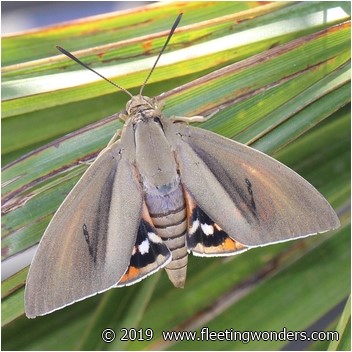 | 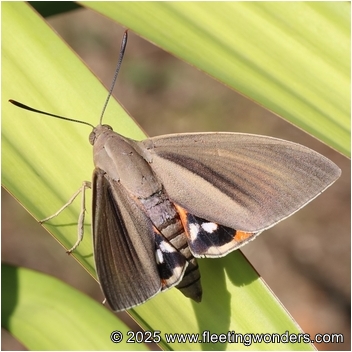 | ||
| 1] male of Paysandisia archon resting on a Trachycarpus leaf - Haute Garonne (France) - 12/08/2018 | 2] male resting on Yucca sp. in a garden. This individual returned at this place several days in a row, sitting on the same Yucca leaf, which suggests territorial behavior - Haute Garonne (France) - 22/08/2025 | ||
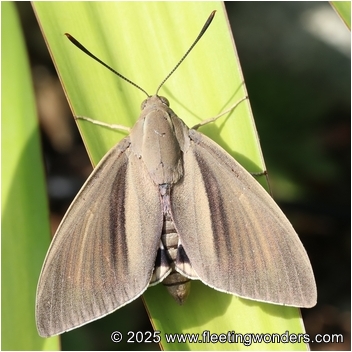 | 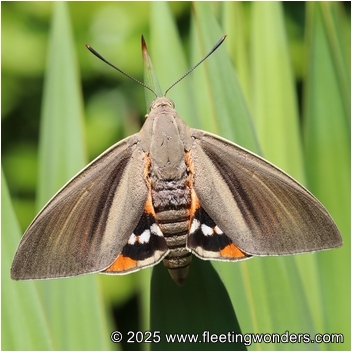 | ||
| 3] same specimen as 2] | 4] same specimen as 2] | ||
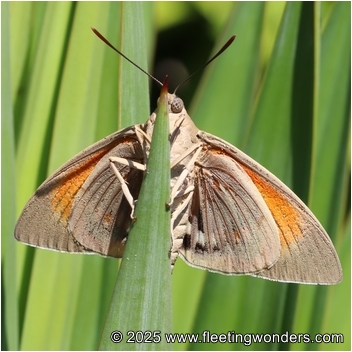 | 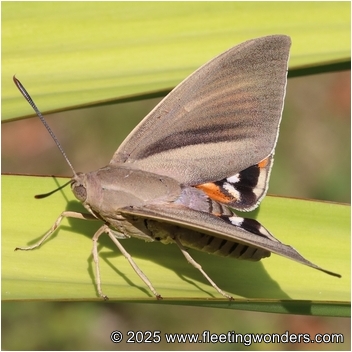 | ||
| 5] same specimen as 2] | 6] same specimen as 2] | ||
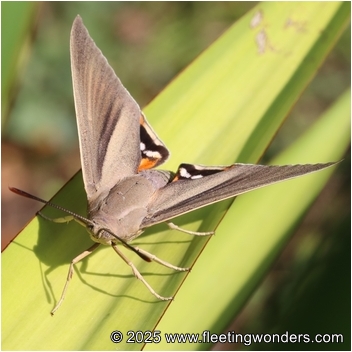 | 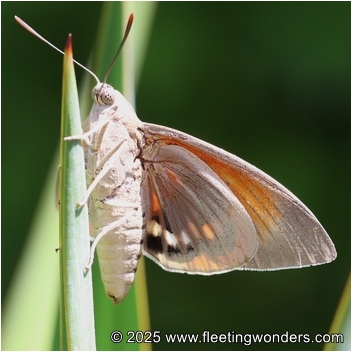 | ||
| 7] same specimen as 2] | 8] same specimen as 2] | ||
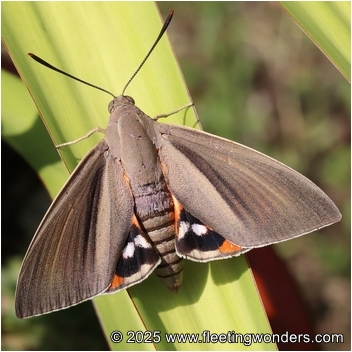 | 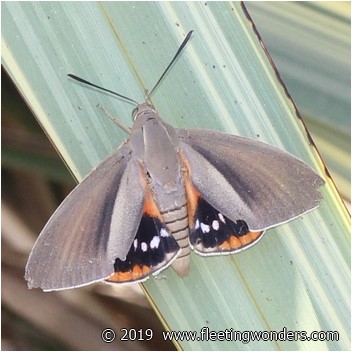 | ||
| 9] same specimen as 2] | 10] other specimen - Haute Garonne (France) - 12/08/2018 | ||
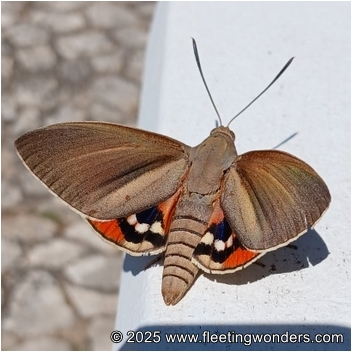 | 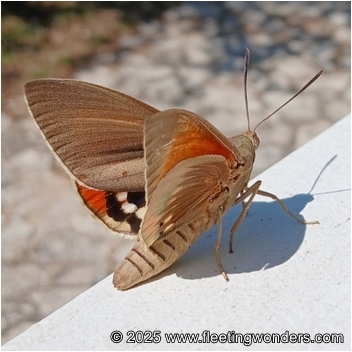 | ||
| 11] male - Gironde (France) - 06/09/2025 | 12] same specimen as 11] | ||
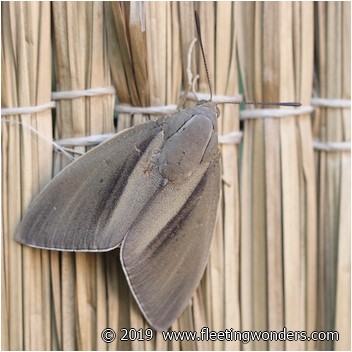 | 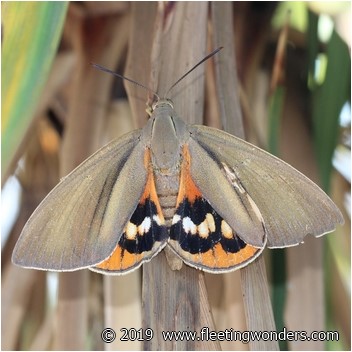 | ||
| 13] other specimen - Haute Garonne (France) - 11/08/2018 | 14] other specimen - Haute Garonne (France) - 12/08/2018 | ||
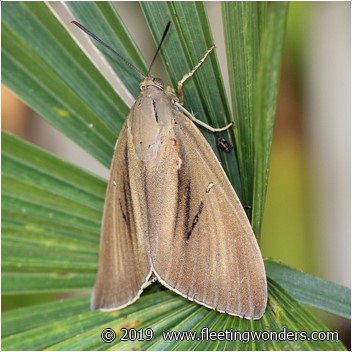 | 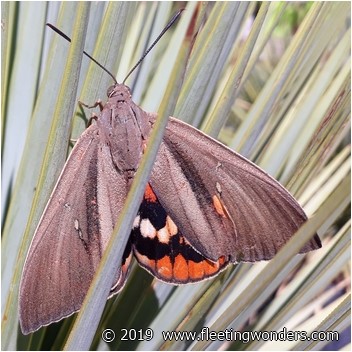 | ||
| 15] other specimen - Haute Garonne (France) - 12/08/2018 | 16] female of Paysandisia archon - Haute Garonne (France) - 26/08/2018 | ||
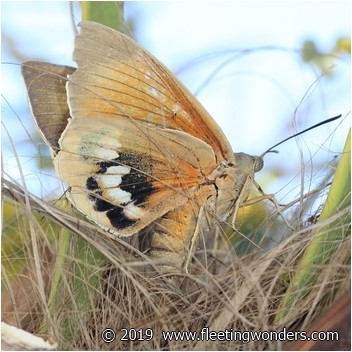 | 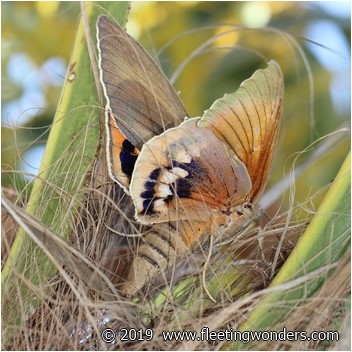 | ||
| 17] female of Paysandisia archon laying some eggs on the crown of a palm-tree of species Trachycarpus fortunei - Haute Garonne (France) - 12/08/2018 | 18] same scene as 17] | ||
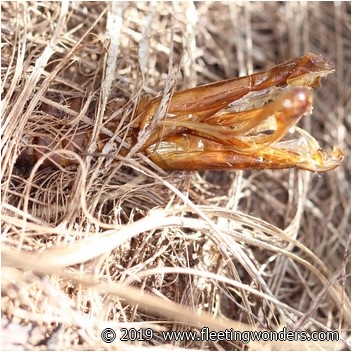 | 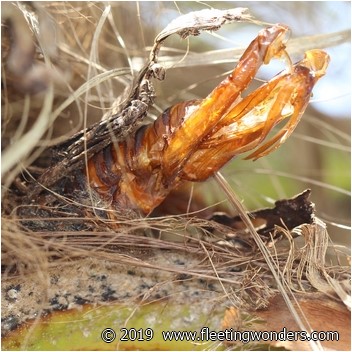 | ||
| 19] Lefts-overs of the tegument of a chrysalis near the crown after the butterfly emerged. Le cocoon which harbored the chrysalis remains within the fibre layer around the stipe and is not seen. During the emergence process, the chrysalis is partly dragged out of the cocoon - Haute Garonne (France) - 02/09/2018 | 20] other chrysalis - Haute Garonne (France) - 02/09/2018 | ||
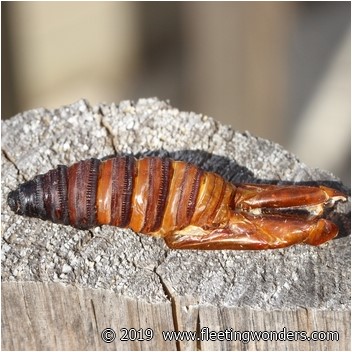 | 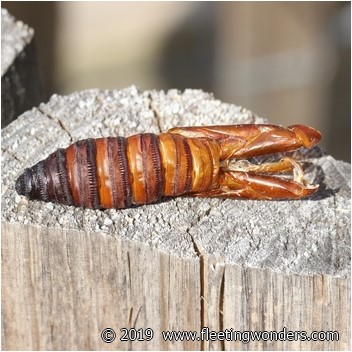 | ||
| 21] view of the chrysalis tegument - Haute Garonne (France) - 02/09/2018 | 22] other view of 21] | ||
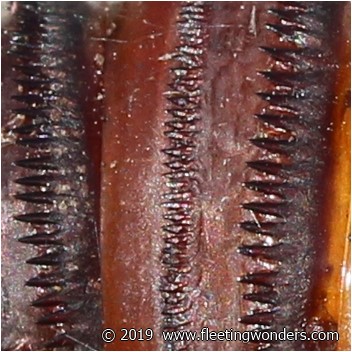 | 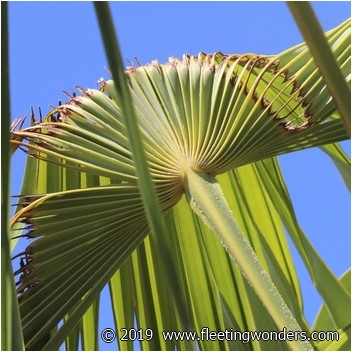 | ||
| 23] close-up of 21]. The spiny structure anchors the chrysalis on the inner cocoon wall. The caterpillar made it with silk and mucus which hardened afterwards - Haute Garonne (France) - 26/08/2018 | 24] symptom of infestation by Paysandisia archon on a Trachycarpus fortunei, with holes aligned in arc of circle due to the activity of a larva in the core of the palm-tree, when the palm was not developped already and still folded. Larvae bore tunnels through the core (up to 80 cm lenght) and damage on their way the future leaves - Haute Garonne (France) - 26/08/2018 | ||
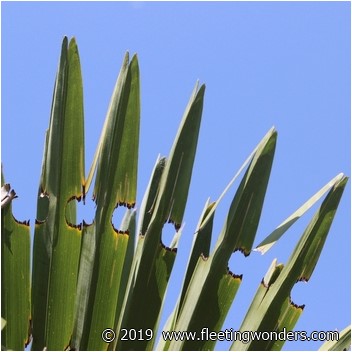 | 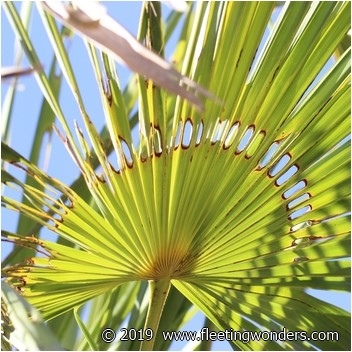 | ||
| 25] other example of palm damages on a Trachycarpus fortunei - Haute Garonne (France) - 12/08/2018 | 26] other example of palm damages on a Trachycarpus fortunei - Haute Garonne (France) - 26/08/2018 | ||